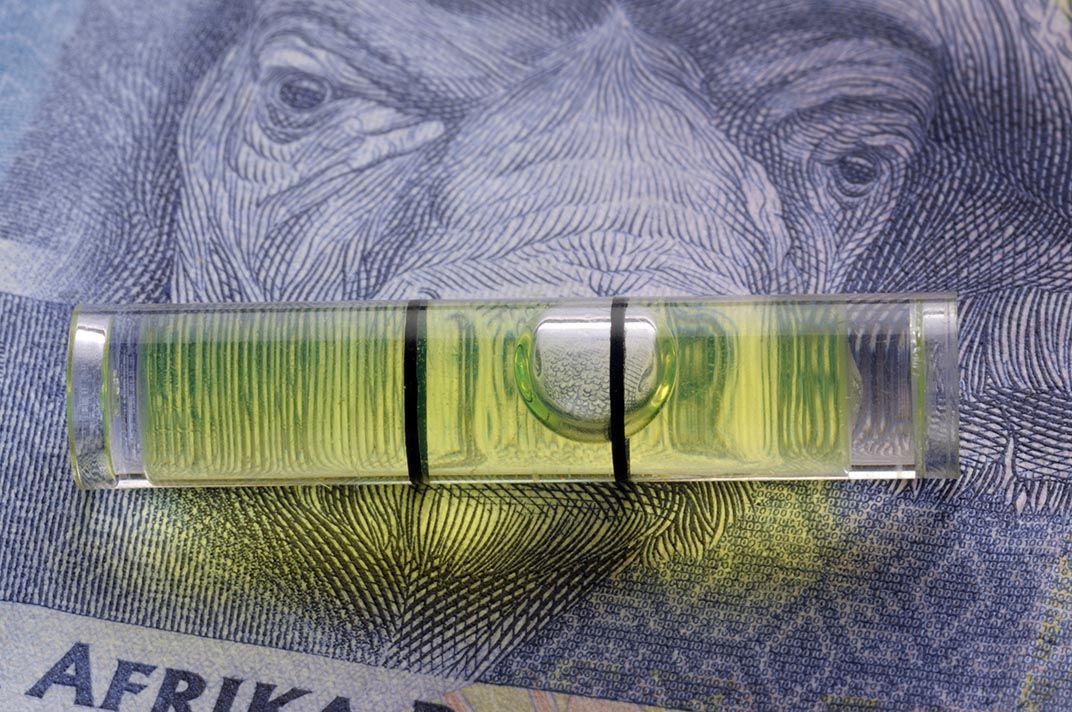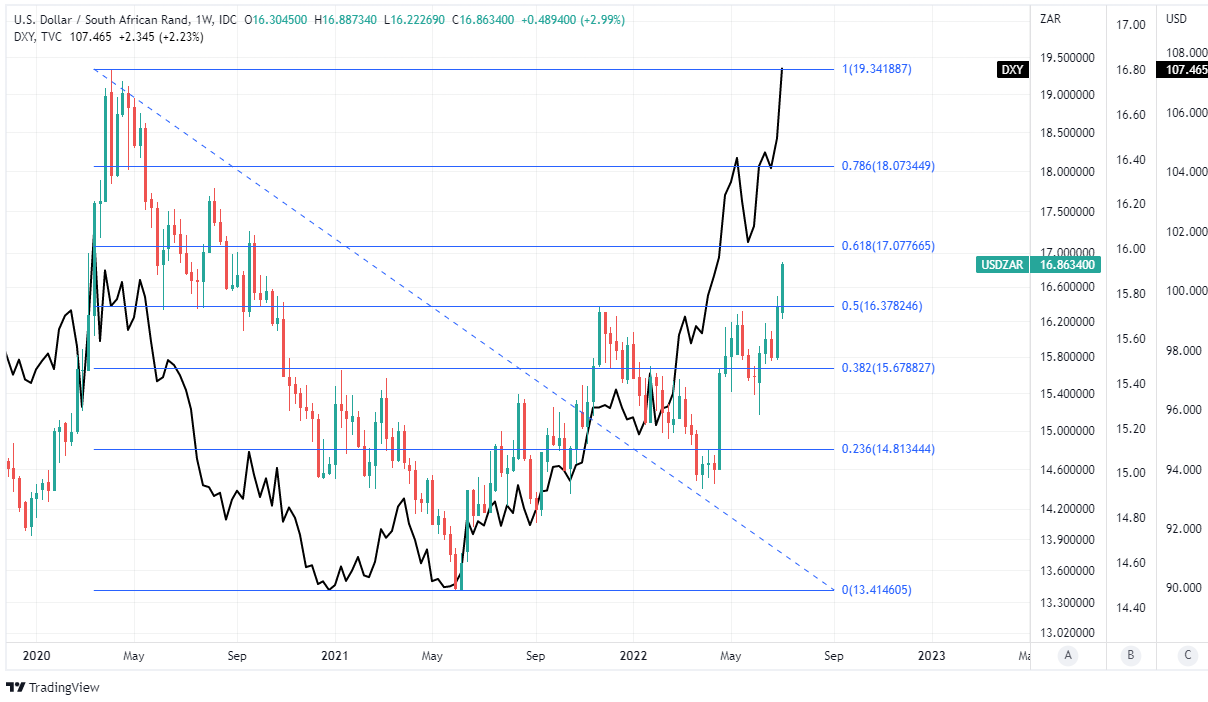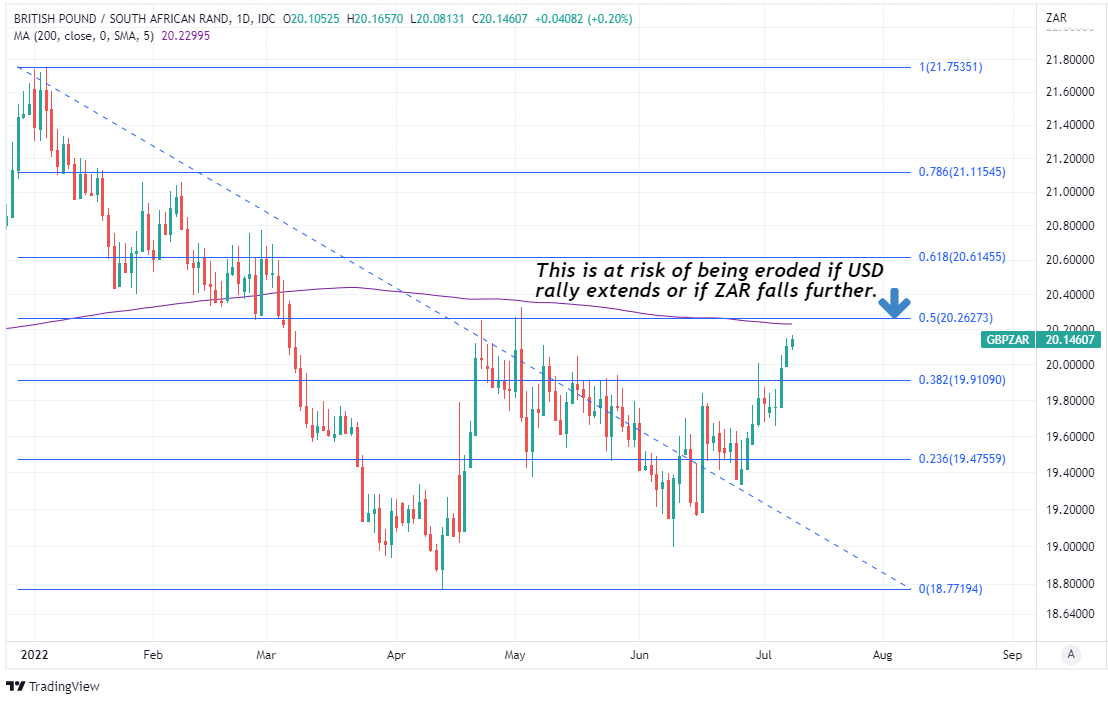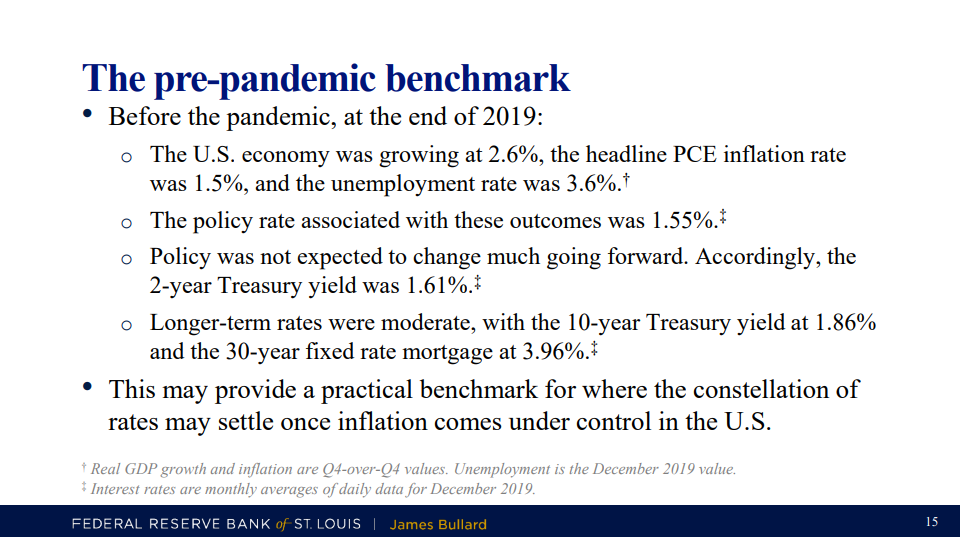South African Rand’s Faltering Step Driving GBP/ZAR into Higher Range
- Written by: James Skinner

Image © Adobe Images
The South African Rand extended a fortnight run of losses this week, which has lifted GBP/ZAR toward an important level of technical resistance on the charts and risks inviting a higher range to persist in the days and weeks ahead
South Africa’s Rand tumbled further against G20 counterparts on Friday as the Dollar resumed an earlier climb while stock and commodity markets also faltered in their step following an earlier short-lived rebound.
“The foreign exchange markets remain extremely cautious, and liquidity tested as the markets await the US data releases later today,” says Walter de Wett, a fixed income and currency strategist at Nedbank.
The Dollar had softened in the prior session, affording the Rand and other currencies some momentary respite after stalling from the mid-week milestone when the U.S. Institute for Supply Management (ISM) Services PMI fell less than was expected for the month of June.
 Above: USD/ZAR at weekly intervals with Fibonacci retracements of 2020 decline indicating possible areas of technical resistance for the Dollar and support for the Rand, and shown alongside U.S. Dollar Index.
Above: USD/ZAR at weekly intervals with Fibonacci retracements of 2020 decline indicating possible areas of technical resistance for the Dollar and support for the Rand, and shown alongside U.S. Dollar Index.
The ISM PMI may have eased market concerns about the risk of a recession in the U.S. and elsewhere, although relief was fleeting and attention had turned by Friday to the release of June’s non-farm payrolls report.
“A strong showing could cement a 75bps hike in July,” de Wett said of the U.S. job report on Friday.
The Dollar did not benefit previously on Thursday when two influential members of the Federal Reserve (Fed) rate setting committee expressed concern about the trajectory of U.S. inflation expectations and said they currently favour a further large 0.75% increase in interest rates for this month.
Meanwhile, protests over fuel prices and severe loadshedding by the national electricity monopoly Eskom have continued to disrupt South Africa’s economy and sometimes in a mutually reinforcing manner, potentially explaining the ongoing underperformance of a previously resilient Rand.
“Over the next few days nine generation units are anticipated to return to service, which will further improve generation capacity. This will, however, still require Eskom to continue implementing loadshedding for the foreseeable future until the situation has been normalised,” Eskom said on Thursday after warning that power outages would continue but at reduced intensity over the weekend.
“Adding to the delays, which is a major concern to the Eskom management, are the frequent and increased number of incidents of road closures and protests which delay entry into areas where work needs to be conducted. “Access to our offices is often blockaded, employees are sometimes assaulted, intimidated and in extreme situations, held hostage by some of the community members,” the company had said previously on Wednesday.
 Above: Pound to Rand rate shown at daily intervals with Fibonacci retracements of June 2022 decline indicating possible areas of technical resistance for Sterling and support for the Rand. Click image for closer inspection.
Above: Pound to Rand rate shown at daily intervals with Fibonacci retracements of June 2022 decline indicating possible areas of technical resistance for Sterling and support for the Rand. Click image for closer inspection.
The Rand’s losses have lifted GBP/ZAR sharply, placing Sterling on course for its 200-day moving-average at 20.22 and the 50% Fibonacci retracement of this year’s downtrend, located around 20.26, by Thursday.
Much about the Pound to Rand outlook depends on the trajectory and extent of any further rally in USD/ZAR, which is likely to be sensitive to U.S. economic data and developments on the ground in South Africa where manufacturing and mining production figures are out next week.
“The US continues to show a strong resolve to reducing inflation, and with a further escalation in US inflation expected in the next print on 13th July for the June figures,” says Annabel Bishop, chief economist at Investec, who’s warned there is a risk of further weakness ahead for the Rand.
“For South Africa, Q3.22 is expected to see inflation accelerating towards 8.0% y/y, with substantial fuel price hikes scheduled for July, and further building for August, while the prices of food staples are also accelerating well above CPI inflation, heralding further pressure,” she also later said.
The Pound to Rand exchange rate tends to always closely reflect the relative performances of the Rand and Sterling when each is measured against the U.S. Dollar, hence its often positive correlation with USD/ZAR and ongoing climb toward the 20.26 level on the charts.
But Sterling’s gains at least could be tempered by Westminster’s latest palace coup, which has resulted in the resignation of Prime Minister Boris Johnson and almost inevitably means that Brexit politics will soon supplant others to consume the country again. That is not positive for the economy or currency.





